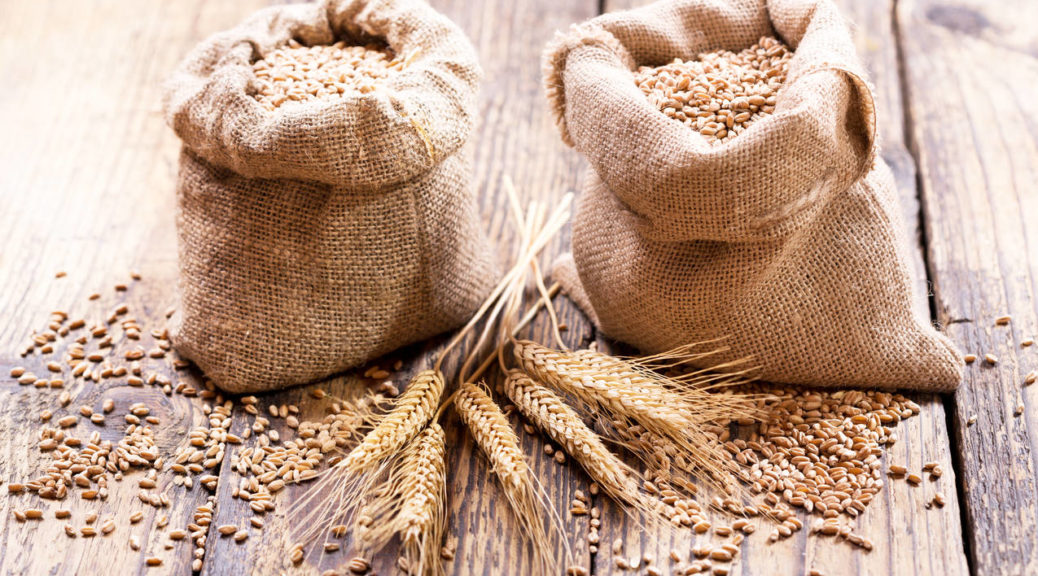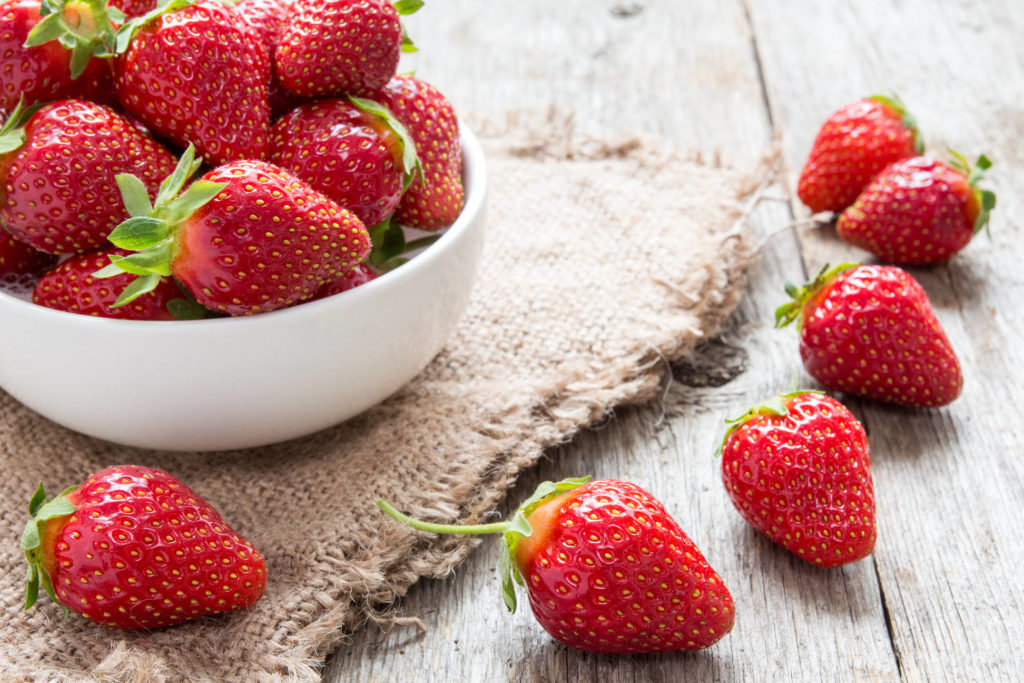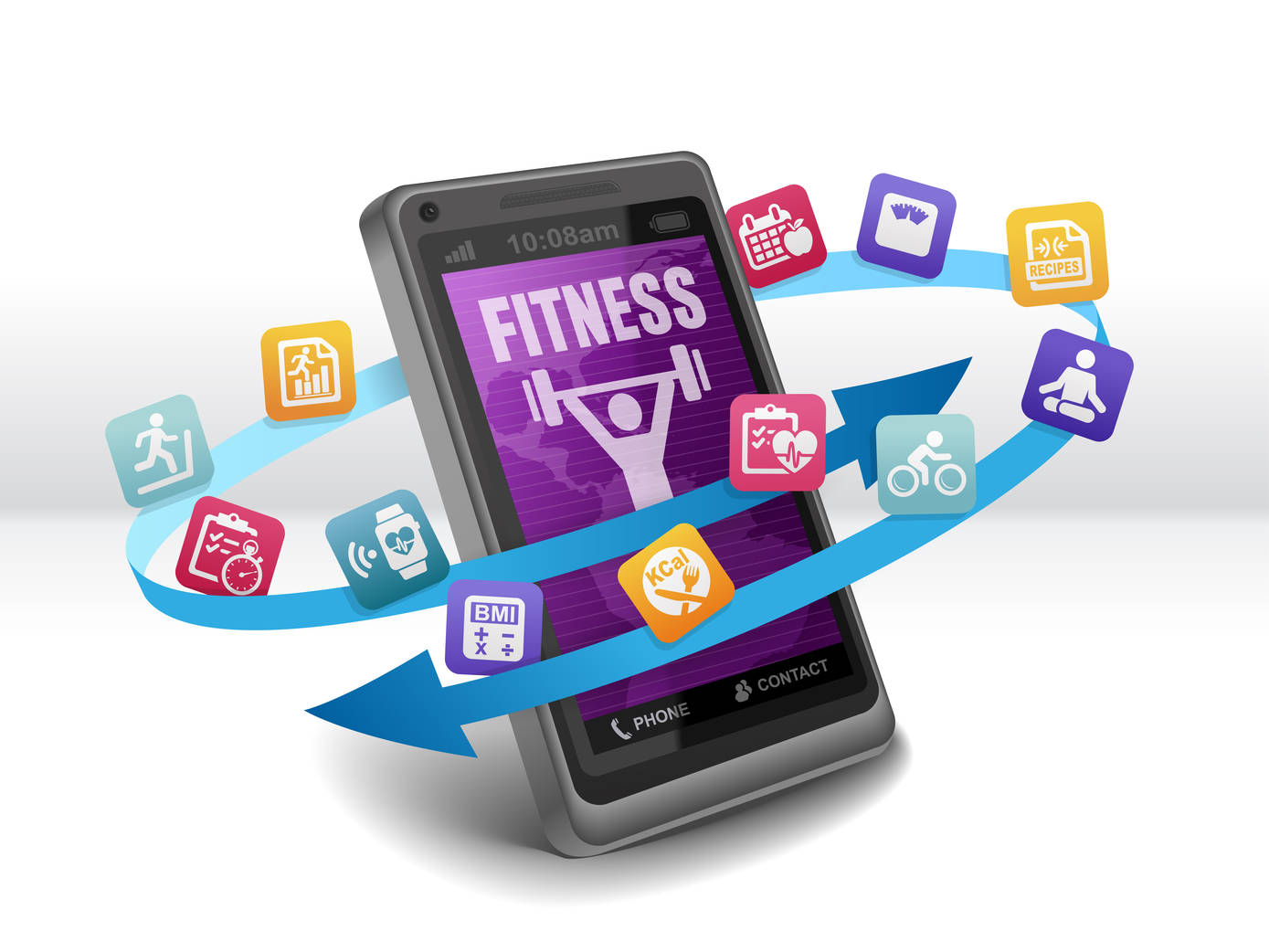Snacks. Depending on whom you ask, snacks are either a temptation or an integral part of one’s diet. Healthy snacks can be eaten daily as they have many benefits such as keeping blood sugar levels stable, helping with weight management, and providing nutrients that aren’t eaten at meals. Besides improved health, healthy snacks also play a role in improving one’s mood, increasing energy levels, and decreasing stress. And we all need a bit of that.
New Snack Choices
KIND, a healthy foods company that offers products made from whole ingredients, has recently introduced three new bars to help New York City consumers enjoy a healthy snack— KIND Healthy Grains Cinnamon Oat bar, KIND Healthy Grains Double Dark Chocolate bar, and Pressed by KIND Strawberry Apple Chia bar. While the bars are from different product lines, they all contain healthy ingredients. Both KIND Healthy Grains bars contain one full serving of whole grains, while the Pressed by KIND bar has no added sugar and contains two full servings of fruit.
Whole Grains
Both the American Diabetes Association and the American Heart Association recommend eating a wide variety of whole grains as each grain offers different nutrients. But what exactly is a whole grain? According to the Whole Grain Council, a whole grain is a grain that not only includes the bran, germ, and endosperm but also includes them in the same proportions as when the grain was still in the ground. The KIND Healthy Grains bars include five different whole grains which have the following nutrients and benefits (per the Whole Grain Council):
- Oats: help lower LDL “bad” cholesterol, contain soluble fiber that helps control blood sugar, contain healthy fats, and contain avenanthramides which have anti-oxidant, anti-inflammatory, and anti-itching properties
- Brown Rice: contains manganese and selenium, and helps lower the risk of type 2 diabetes
- Millet: contains antioxidants and magnesium, and helps control diabetes and inflammation
- Buckwheat: contains zinc, copper, manganese, and potassium, and has high levels of protein and soluble fiber
- Amaranth: contains 13 to 14% protein (much higher than the majority of grains), calcium, iron, magnesium, phosphorus, and potassium
Strawberries
Berries, as a subgroup of fruits, contain antioxidants, vitamins, and fiber, and could all be part of a student’s healthy snack. Strawberries, in particular, increase “good” or HDL cholesterol, lower blood pressure, and contain fiber, high levels of antioxidants, manganese, potassium, and vitamin c (per WebMD). It’s not surprising then that strawberries are one of America’s favorite fruits. As of 2013, the USDA Economic Research Service found that the annual per person consumption of fresh strawberries in the United States reached a new record at 7.9 pounds. Now that’s a lot of strawberries!
Which KIND bar do you want to try for your next healthy snack? They are all a great choice. Contact Healthy Vending at 917.572.3671 to learn about healthy snack and beverage vending options or to add KIND bars to your current offerings.






